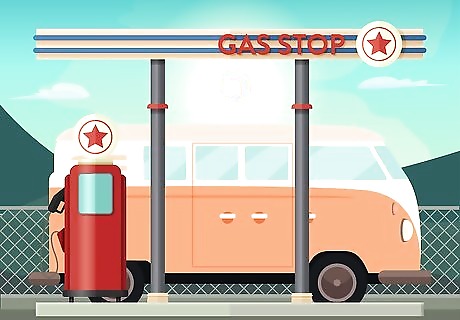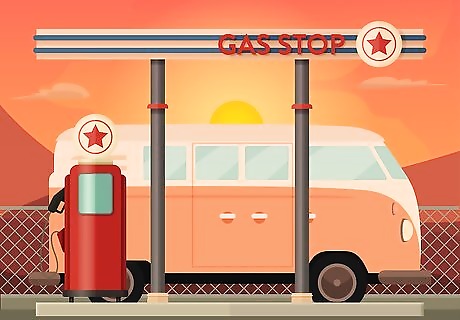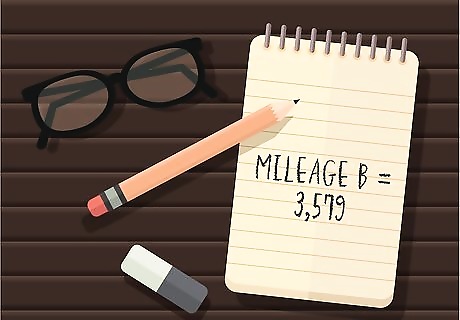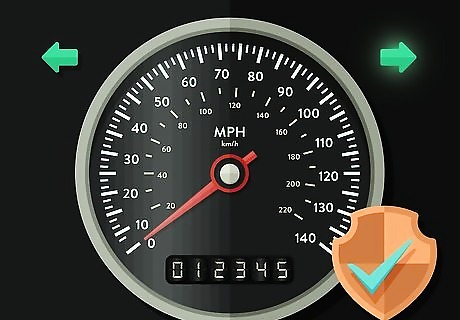
views
Calculating Your Own Car's Fuel Efficiency

Go to the gas station and fill up the fuel tank. This may sting a little, but it is key to getting an accurate reading.

Record the mileage. Before even pulling away from the pump, write down your current mileage. We will call this Mileage A.

Drive normally. To get as accurate a reading as possible, drive until the tank is less than half full. The longer you can go before getting gas, the better.

Fill up the tank again. Try to use the same station using the same pump as the first fill up, as pumps may be calibrated differently. This time, pay attention to how many gallons it takes to fill up the tank. This is usually shown at the pump. We will call this Gallons.

Record the mileage again. This number we will call Mileage B.

Do the math. The formula for determining your MPG is this: MPG = (Mileage B - Mileage A)÷Gallons. Subtract Mileage A from Mileage B. This will give you the number of miles you drove since your last fill-up. Divide your answer by the number of gallons (Gallons B) it took to fill up your tank. This will give you your car's MPG.
Additional Accuracy

Verify your odometer. Not all cars reflect accurate odometer readings. This will not only incorrectly reflect the number of miles you've driven, it will also give you an inaccurate picture of your MPG. Many freeways have "mileage check sections." They are stretches of road several miles or kilometers long, with mileage markers along the way. If one near you has this feature, use it. Otherwise, look on the map and find a stretch of road or freeway, and mark out an accurate 5 or 10 mile (or kilometer) distance.

Go to the first marker. Set your trip odometer to 0 as you pass the marker. At the end of the run, note your trip odometer. An accurate odometer will reflect the distance you traveled. If your odometer is higher than the distance traveled, your fuel efficiency will be better than you had calculated. You actually traveled further than you calculated with just the straight odometer reading. Conversely, if your odometer is lower than the actual distance traveled, your MPG is lower as well.

Calculate the offset. We will call the actual distance traveled "A," and the miles shown on the trip odometer "T". We'll call offset "O." The formula for determining the offset is: O=A÷T. For example, if you travel 5 miles, and your odometer says you've traveled 4-1/2, your formula would read: O = 5÷4.5; O=1.11. To get your actual mileage for your MPG formula, you would subtract Mileage A from Mileage B as normal, then multiply the result by 1.11 before finishing your MPG calculation. If Mileage B - Mileage A = 100, multiply by O (1.11). In this example, you actually traveled 111 miles. If your odometer says you traveled 5-1/2 miles, your formula would read: O=5÷5.5; O=.91. Again, you would multiply Mileage B - Mileage A by O. If Mileage B - Mileage A = 100, multiply by O (0.91). In this example, you only traveled 91 miles.
















Comments
0 comment